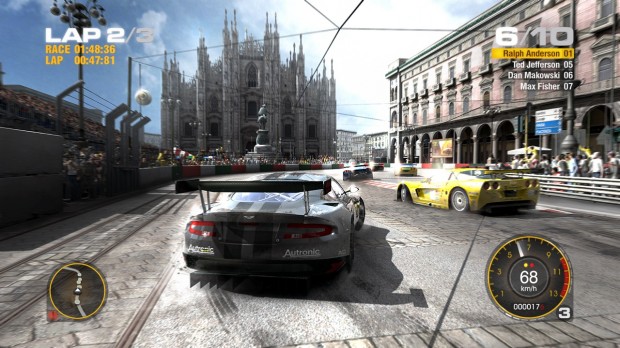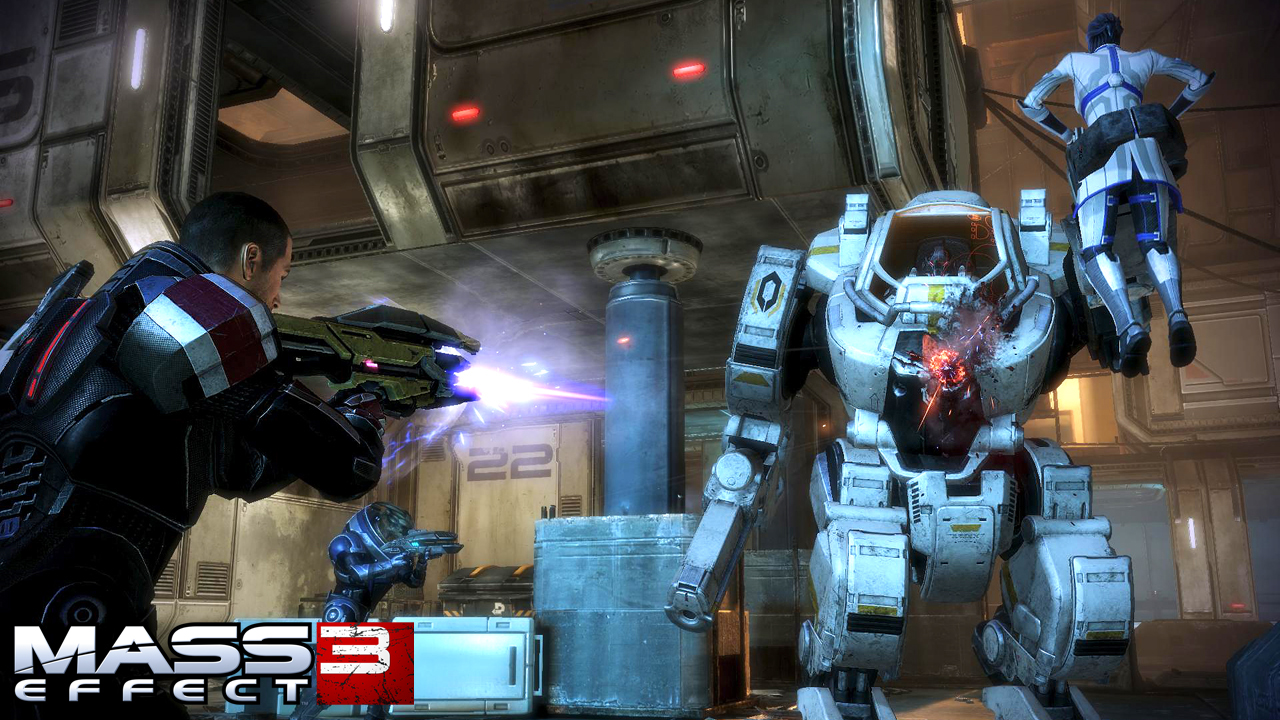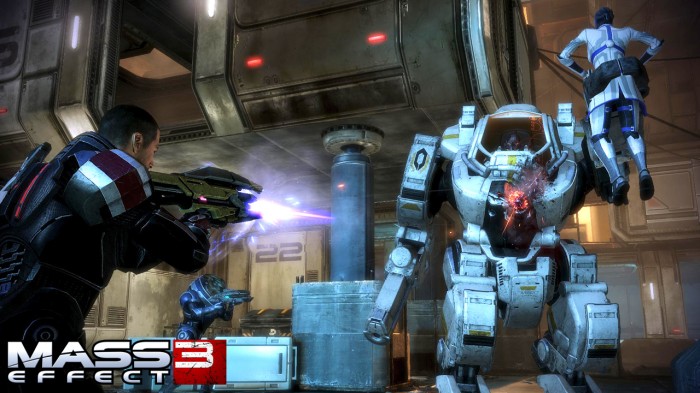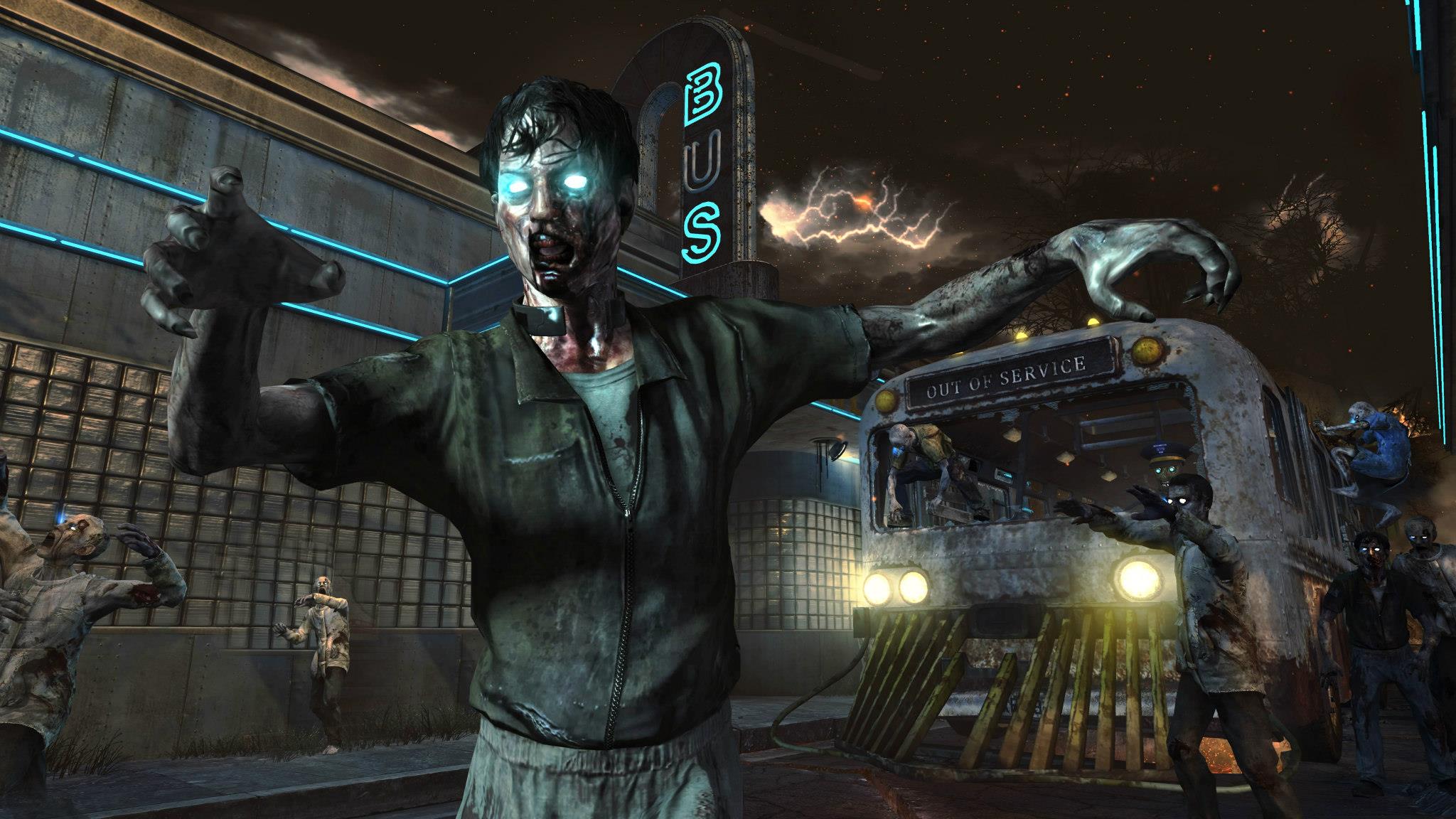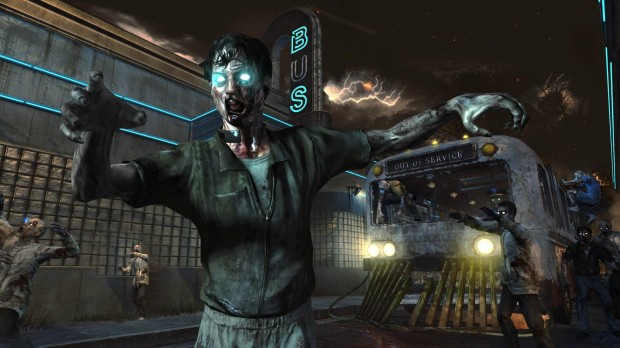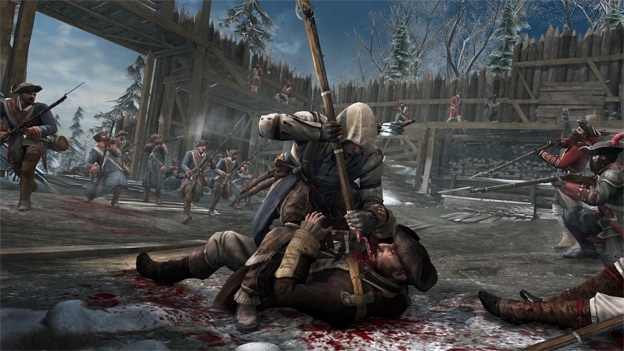Los Angeles, Calif. – Sept. 27, 2012 – Codemasters® today launched the first two gameplay videos for GRID® 2™, the long-awaited sequel to the BAFTA-award winning, critically acclaimed GRID™. Revealing races at two of the game’s new locations, Chicago and California Coast, the GRID 2 gameplay videos are captured from pre-alpha, work-in-progress code and are now showing at www.youtube.com/gridgame.
The Chicago video features a Street Racing stage where muscle cars, including the Camaro SS, Z06 Corvette and Boss Mustang, charge through skyscraper-lined streets and chase through tunnels. The California Coast video follows a head-to-head, point-to-point duel between a contemporary Boss Mustang and a classic Mustang Mach 1 on a tight and twisting sprint for the line.
GRID 2 will make its consumer debut at this week’s Eurogamer Expo (www.eurogamerexpo.com) at London’s Earls Court (September 27-30), where gamers can experience the return of the race themselves. Players can take to the streets of Chicago or hit the California Coast’s spectacular roads, each offering a different racing challenge, yet sharing the game’s core relentless, high-impact, aggressive competition.
GRID 2 will challenge players to be fast, be first and be famous as they enter a stunning new world of competitive motorsport. Following the success of GRID, which set new standards for damage, AI, visuals and introduced the Flashback time rewind feature – now adopted by many racing games – GRID 2 will again raise the gameplay and technological bar for motorsport gaming and remain true to the series’ core value – it’s all about the race. GRID 2 will also introduce the new TrueFeel™ Handling System, which uses real physics to hit a sweet spot between accessibility and simulation to deliver handling that is approachable yet challenging to master.
Going behind the wheel of a handpicked selection of automotive icons spanning four decades and three continents – North America, Europe and Asia – players will race their way to the top of GRID 2’s new, evolving world of motorsport. From Paris to Dubai, Miami to the sun-kissed California coast and beyond, beautifully created city streets, licensed circuits and twisting mountain roads will become home to the most visceral and exhilarating races in games.
GRID 2 will also set new standards for a racing multiplayer experience with an entirely distinct and extensive gameplay component and unique progression system. Deep customization options and integration with RaceNet* – the online community portal for Codemasters Racing games which tracks player’s races, rewards and rivals – will offer further immersion and connectivity to extend each player’s GRID 2 experience.
GRID 2 is in production at Codemasters Racing Studios and is available to pre-order ahead of its summer 2013 release for the Xbox 360® video game and entertainment system from Microsoft, PLAYSTATION®3 computer entertainment system and Windows PC. Fans can keep up with all the latest updates straight from the studio by speeding over to www.gridgame.com and www.facebook.com/gridgame or follow the team at www.twitter.com/gridgame.


